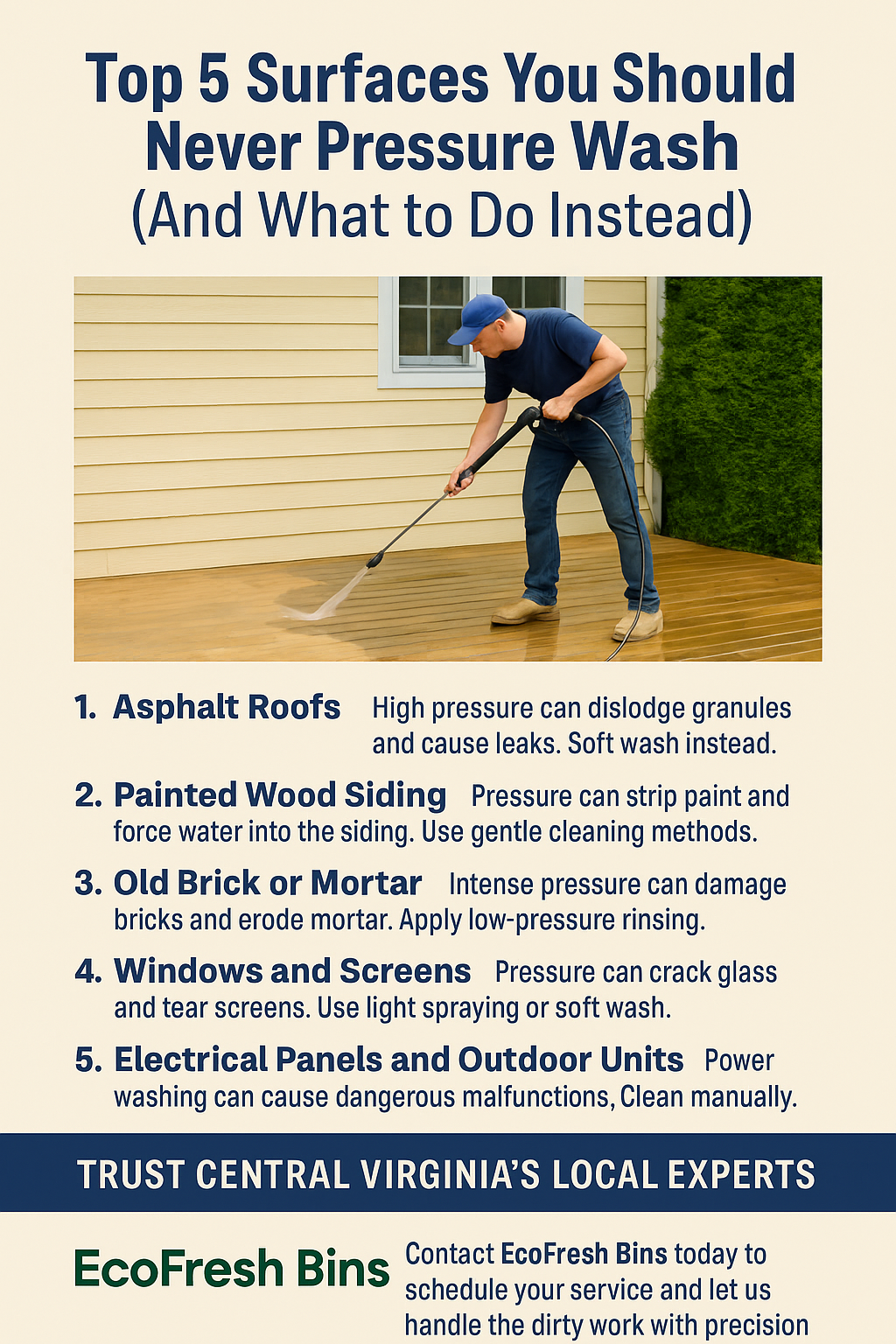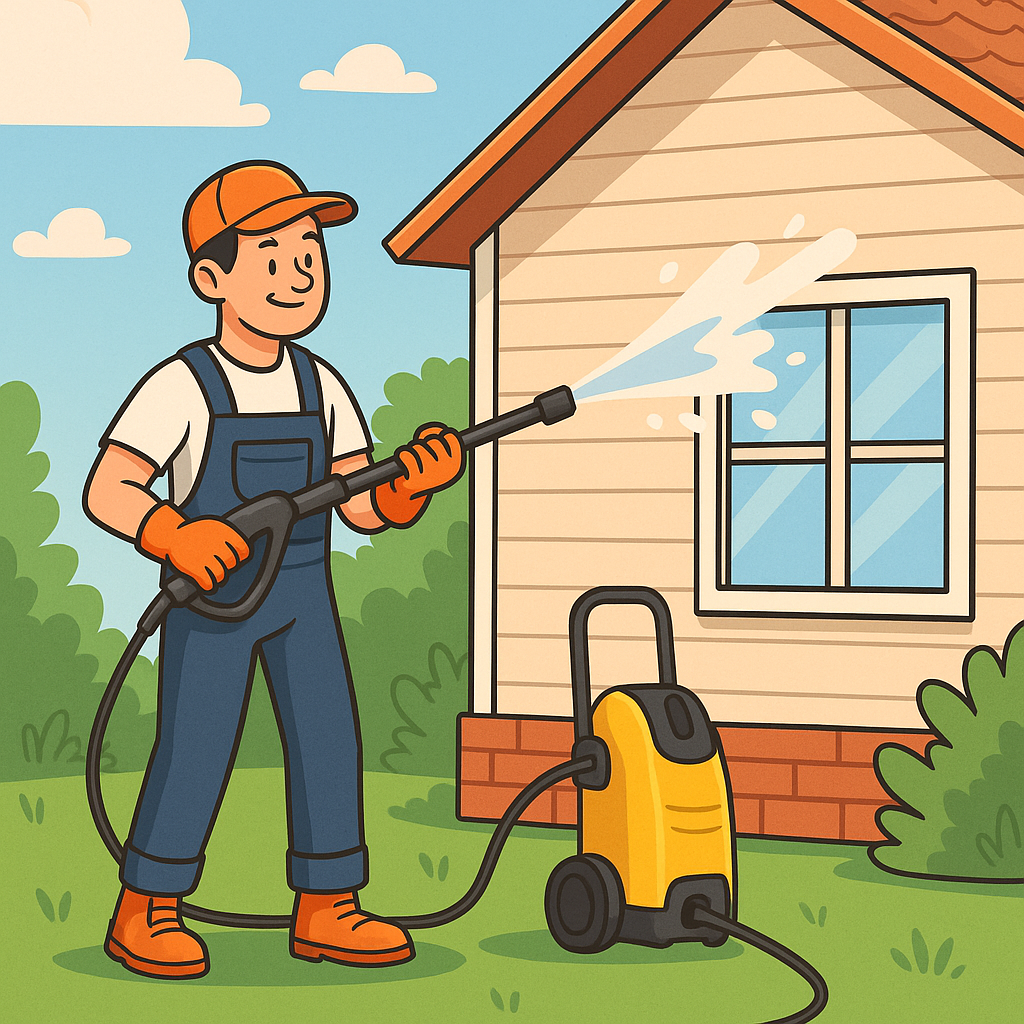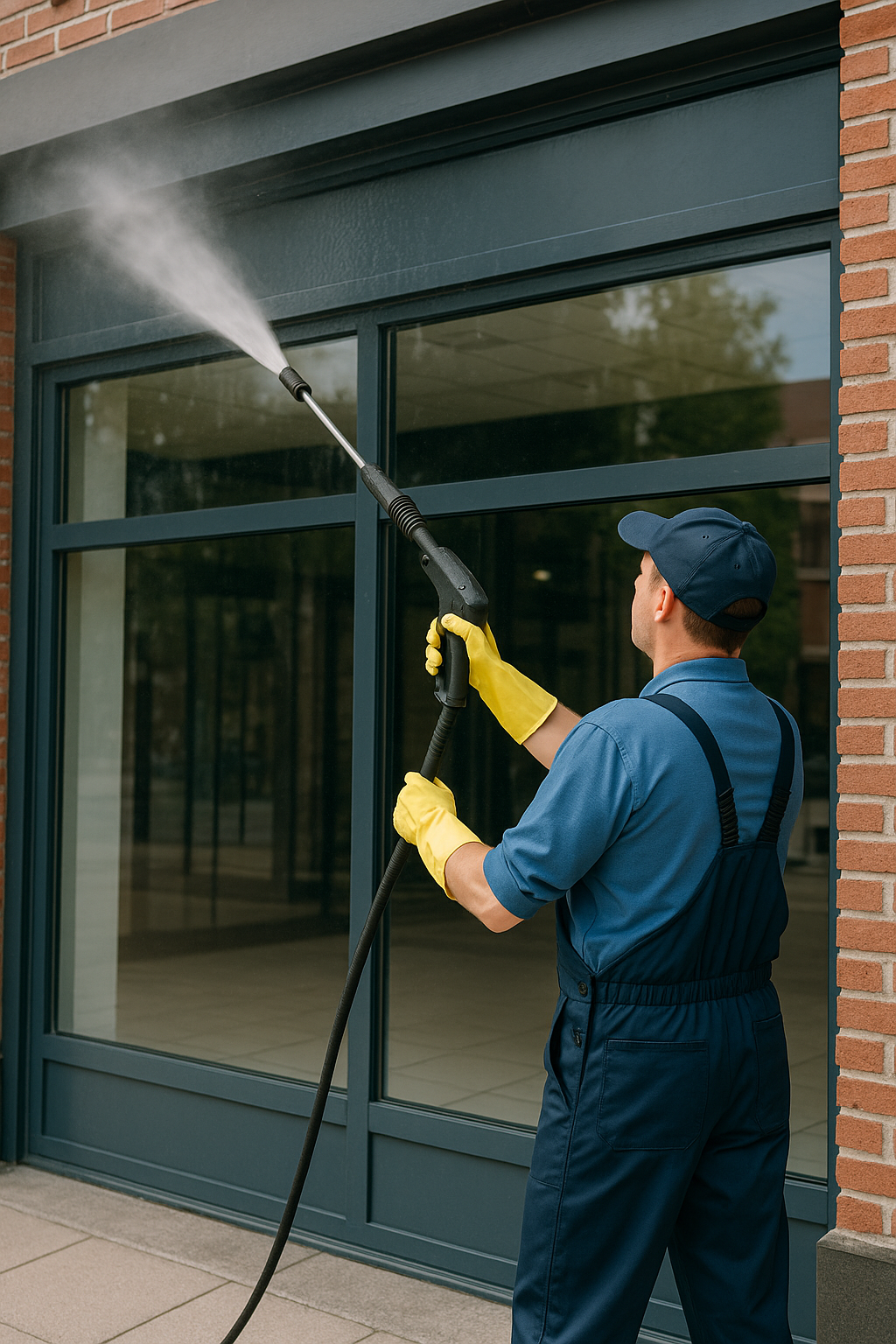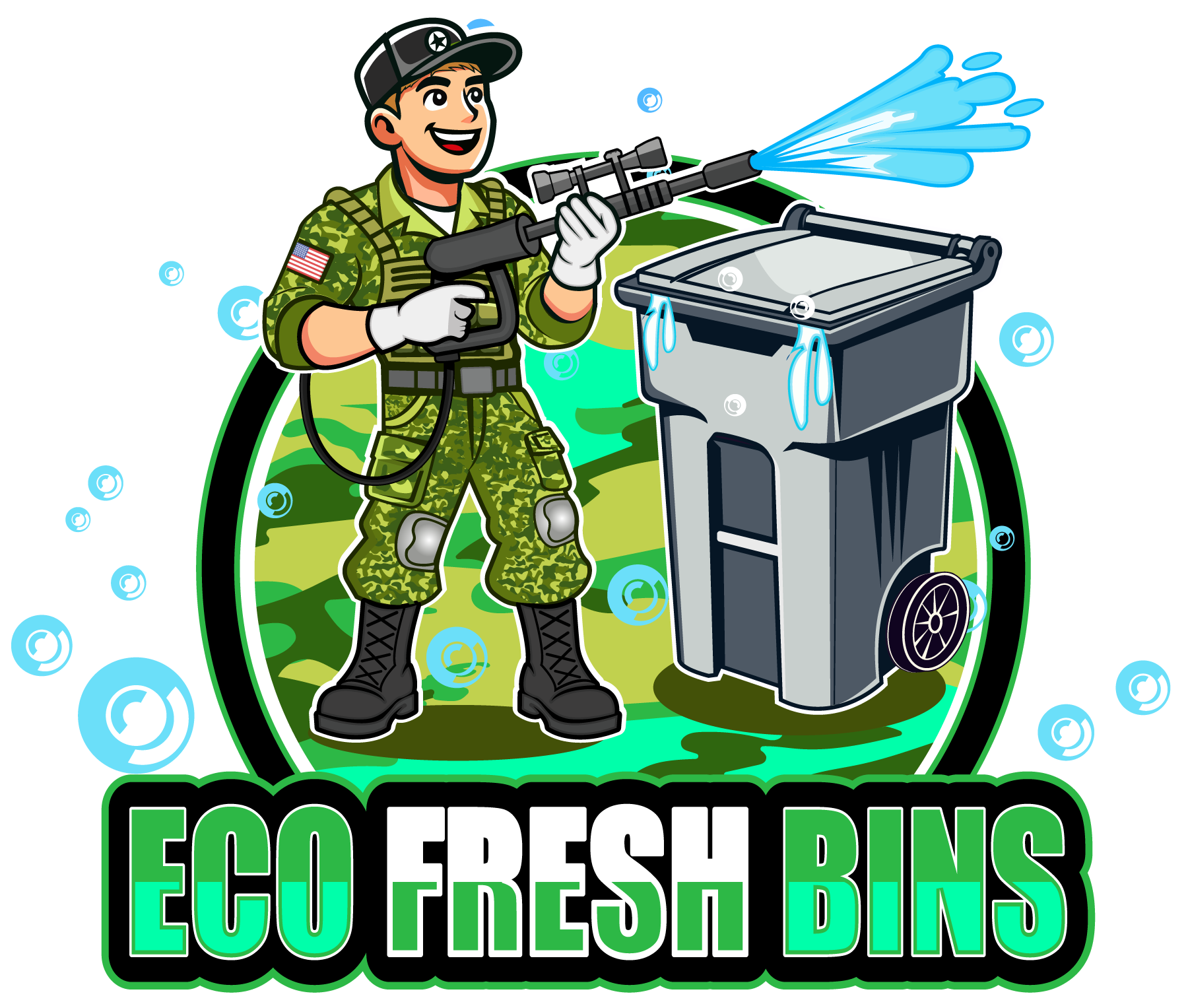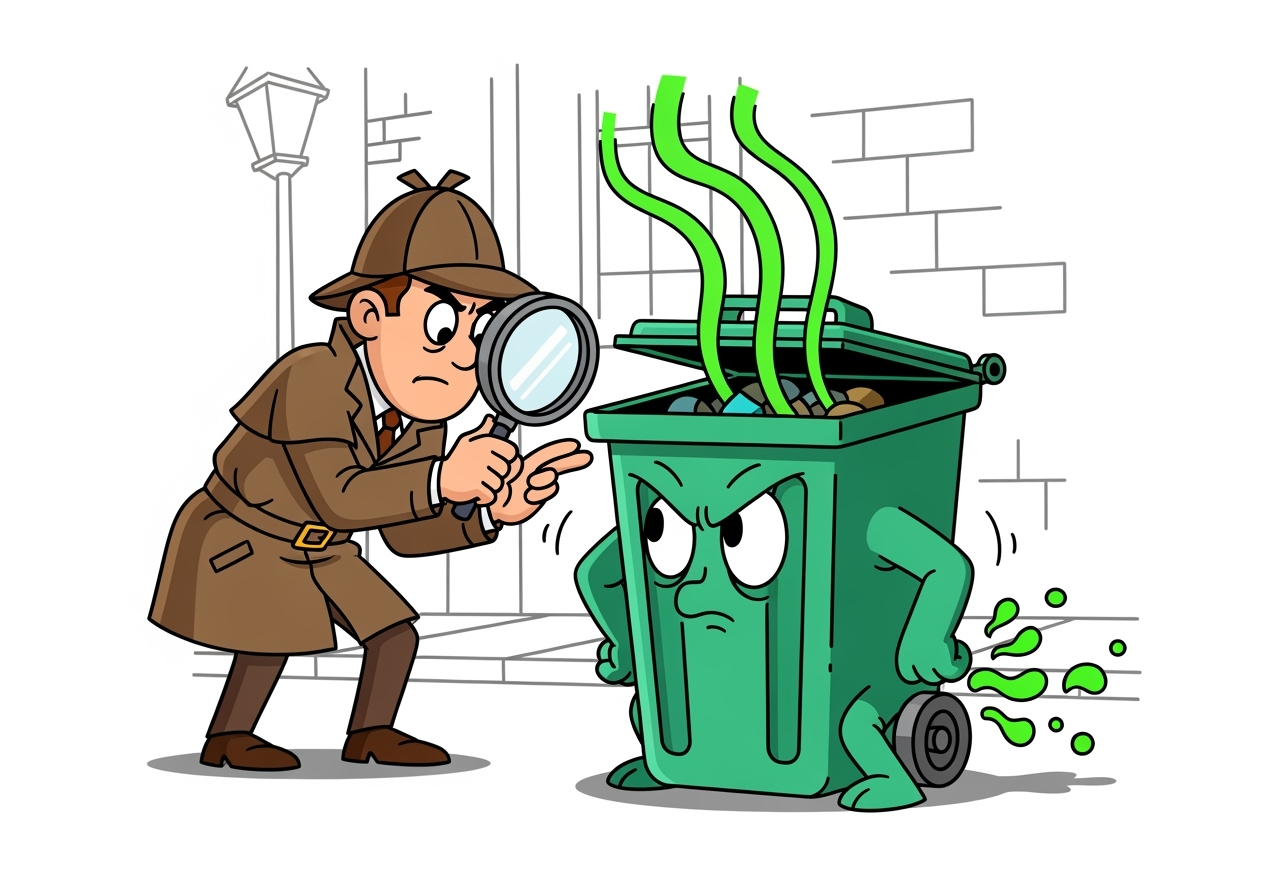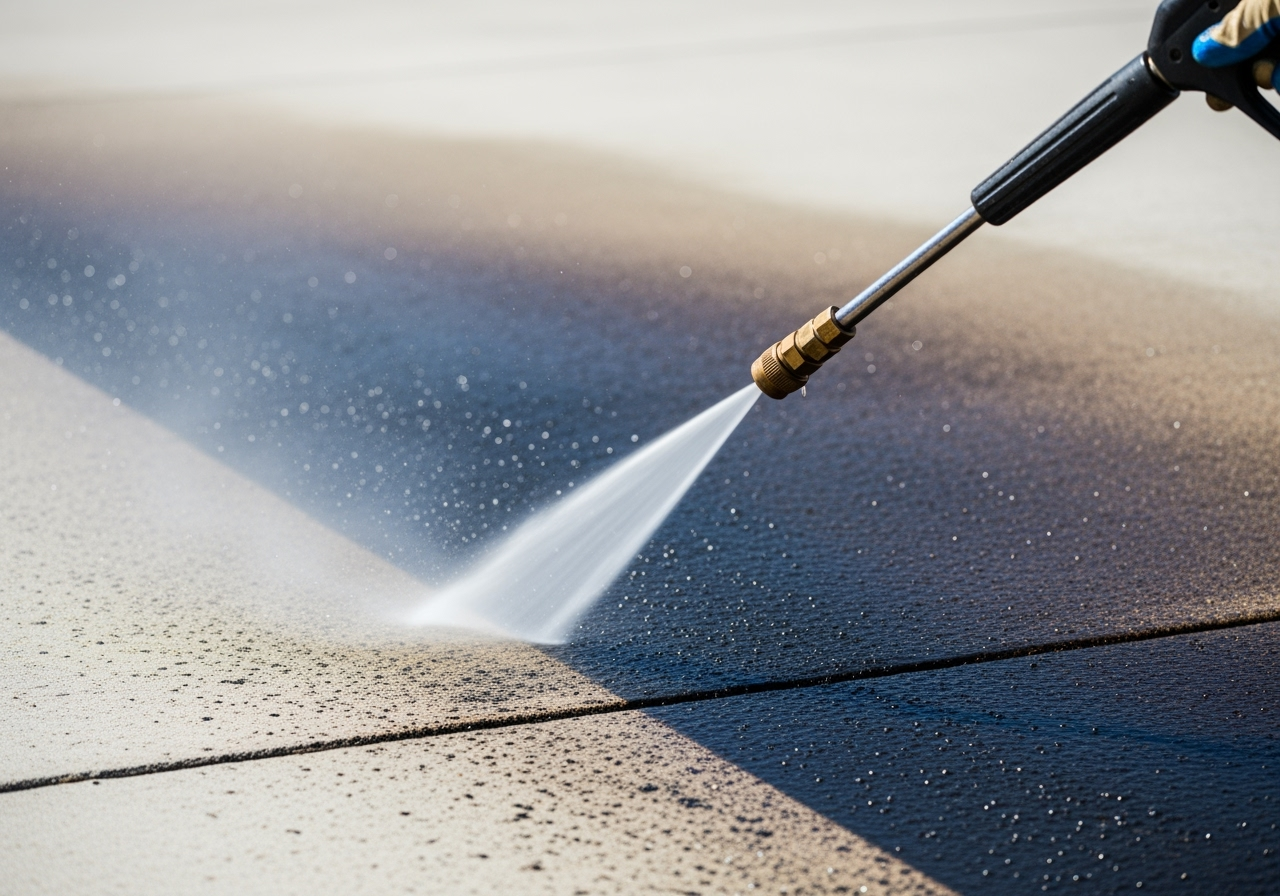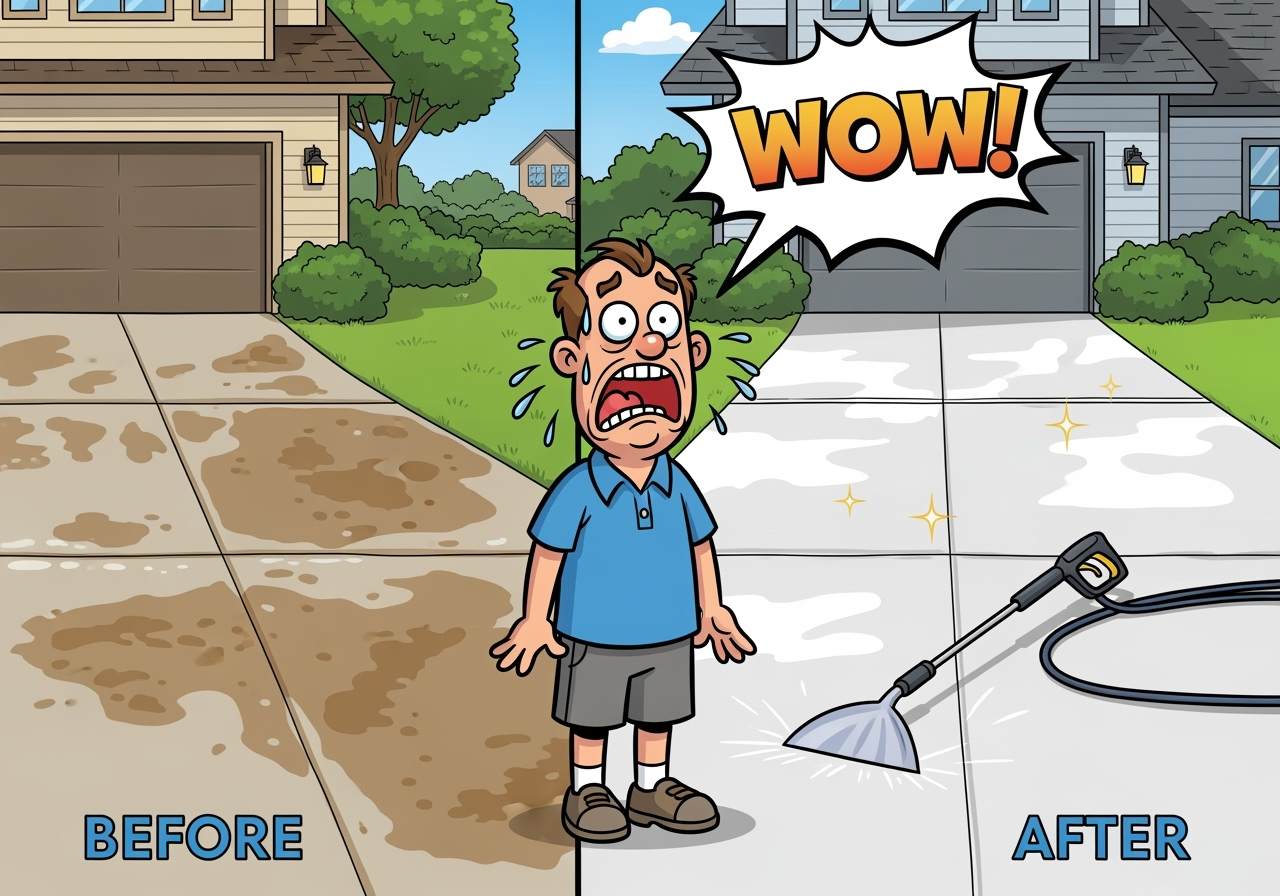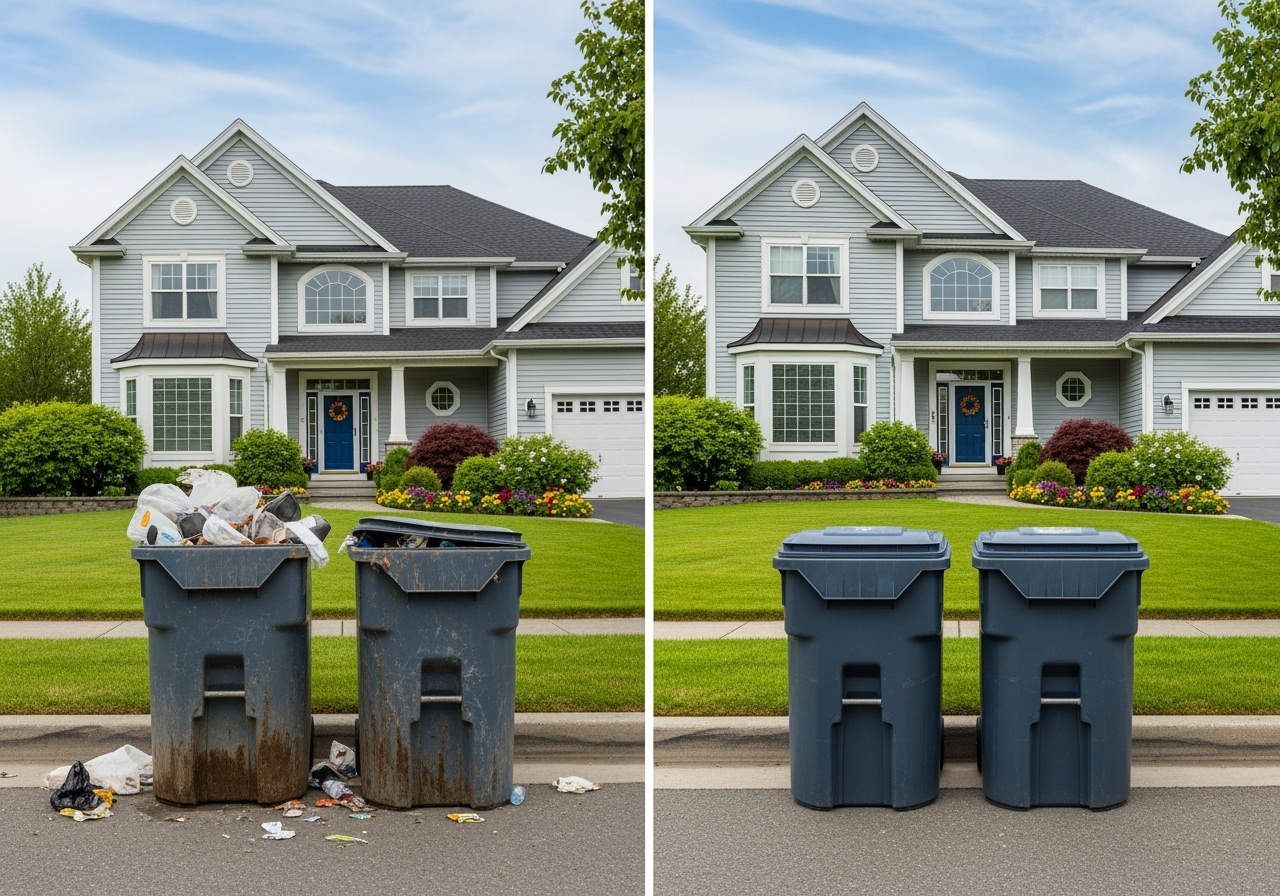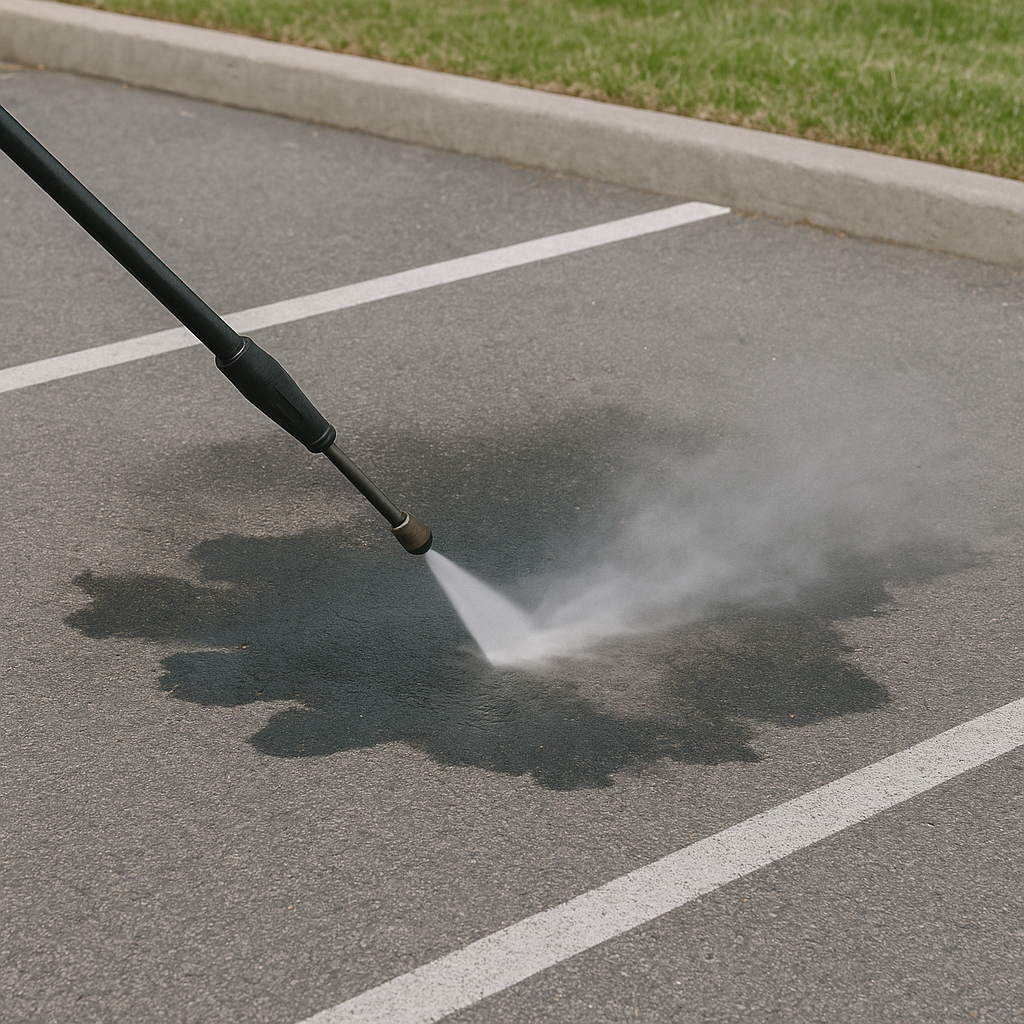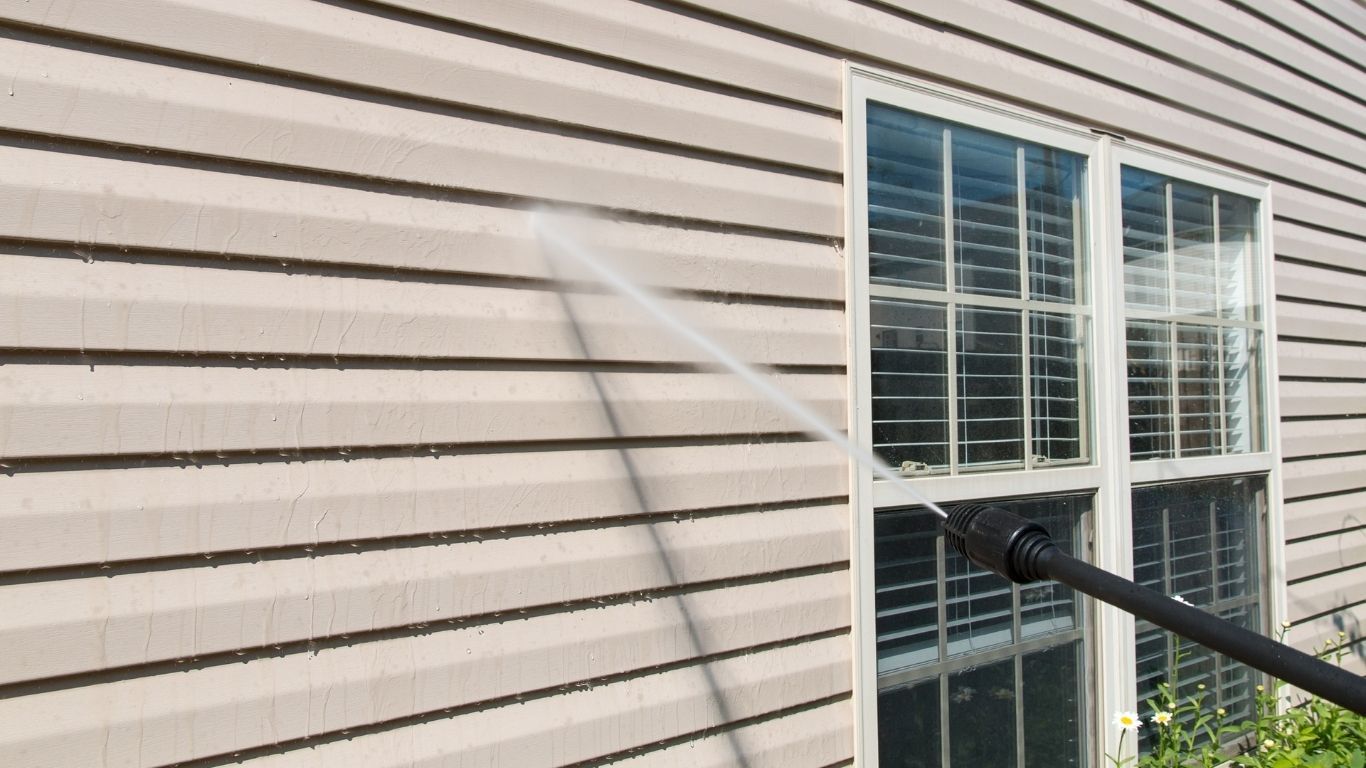How Often Should You Power Wash Your House in Central Virginia?
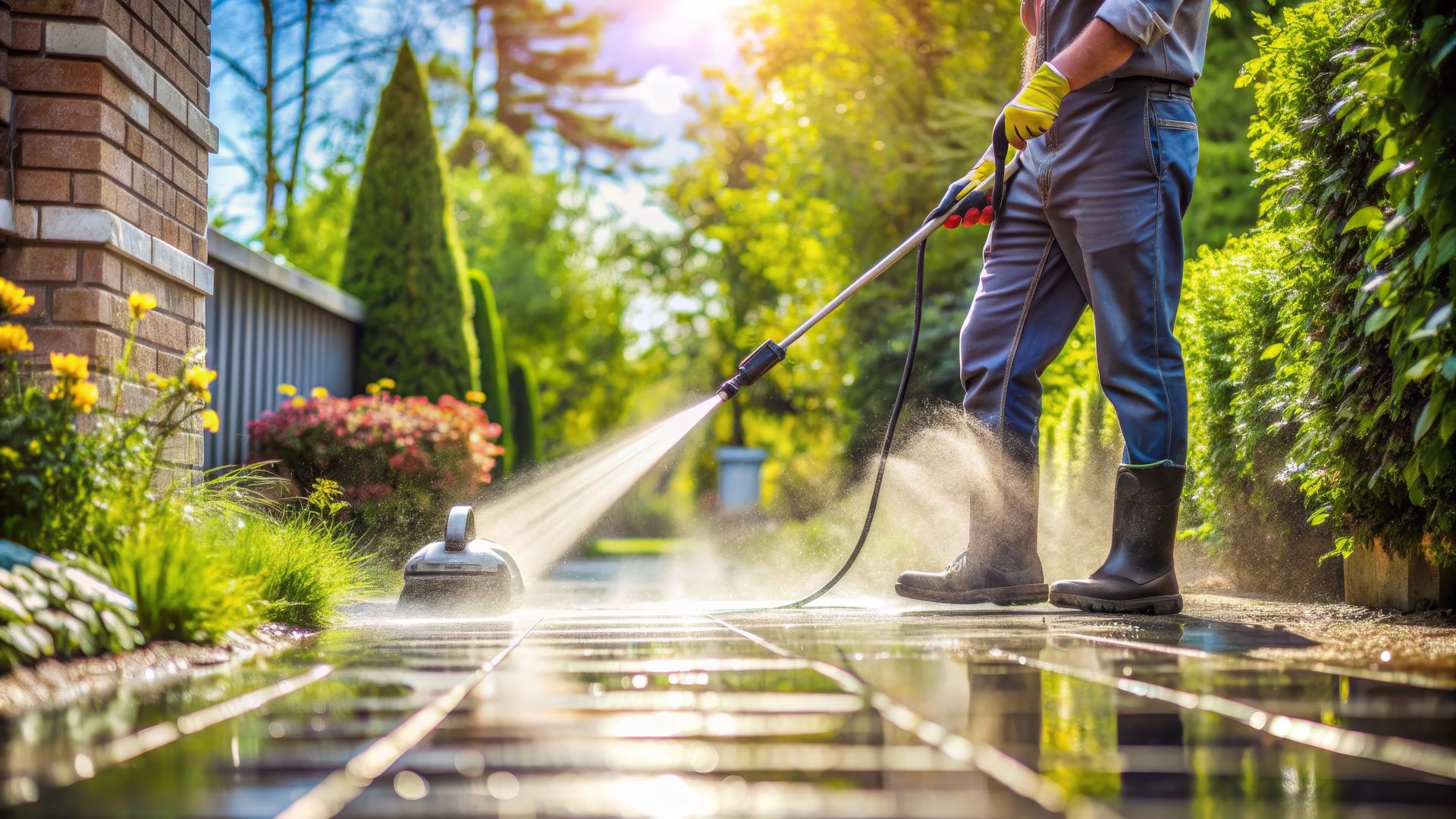
Short answer: Most Central Virginia homes benefit from a full exterior power wash once every 12 months, with high‑humidity zones (shaded north walls, riverside decks, wooded lots) needing a light touch‑up at the six‑month mark to prevent mold and algae growth.
Homes in Richmond, Chesterfield, Henrico, and the surrounding Piedmont share a humid subtropical climate — hot summers, pollen‑packed springs, hurricane‑season downpours, and leaf‑dropping oaks. Those conditions mean mildew on siding, black algae on asphalt shingles, and orange clay splatters where red Virginia soil meets white trim. Power washing is more than cosmetic; it safeguards paint, keeps allergens in check, and protects your biggest investment from premature decay.
Below you’ll find a deep dive into the science behind that 12‑month cadence, the warning signs you might need a wash sooner, and smart ways to bundle services (like driveway cleaning and trash‑bin sanitizing) for maximum curb appeal with minimum hassle.
Why Annual Power Washing Hits the “Just‑Right” Zone
Central Virginia sits in the perfect band for organic growth like mildew and pollen: not quite Deep‑South swampy, but damp enough for microorganisms to thrive. A single year is usually all it takes for to remove:
- Green mildew blooms that blanket north‑facing vinyl
- Black streaks (Gloeocapsa magma algae) that migrate down your roof
- Pollen and dust that clogs window tracks and dulls paint sheen
- Clay splatter that stains foundation walls after summer storms
Annual washing clears these organic particles before paint or shingles experience permanent staining or deterioration.
Skip a year, and spores dig deeper roots — requiring hotter water, stronger detergents, and higher pressure next time (all of which shorten the lifespan of siding and coatings).
Climate Factors That Nudge the Timeline
Here are some reasons you might consider scheduling more frequent power washings in Central Virginia:
Prolonged Humidity
Richmond averages 70 %+ relative humidity from June through September. Damp air settles on shaded siding overnight, feeding mold spores. If your home sits in a tree‑covered lot or valley pocket, consider a mid‑summer soft wash in addition to your spring “big clean.
Tree Coverage and Debris
Oak, pine, and maple canopies drop sap, needles, and tannins. Sap hardens on paint and pine needles trap moisture against shingles. Schedule power‑washing every 8-10 months instead of twelve.
Storm Frequency
Atlantic tropical systems often drag heavy rain up the I‑95 corridor. These flash downpours splash soil onto lower clapboards and driveways. If you notice rust‑colored mud stripes on stucco, book a targeted wash the next dry weekend.
Signs Your Home Needs Power Washing Now (Even If It’s Been Less Than a Year)
These reasons call for immediate pressure washings in Central Virginia:
- Shadow‑like stains on shingles that don’t rinse away with a garden hose
- Cobwebs and dirt dauber nests around eaves and porch lights
- Moss tufts growing where roof meets gutter
- Foul basement smell after a series of humid days — often linked to exterior mildew creeping indoors
- Pollen “film” on windows long after spring bloom is past
If two or more of those ring true, don’t wait for your annual power washing service date. Early intervention saves paint and stops spores from migrating into attic insulation.
Power Washing vs. Soft Washing: Which Frequency Rule Applies?
Power washing (high‑pressure, heated water) is ideal for concrete, brick, and metal. Soft washing (low‑pressure, detergent‑driven rinse) is safer for vinyl, wood, and composite siding.
The once‑per‑year guideline covers both, but hardscape zones, including driveways, walkways, dumpster pads, often need a refresher every six months thanks to tire marks, oil drips, and foot traffic.
People Also Ask These Questions About Power Washing Service In Central Virginia
Can Power Washing Damage Vinyl Siding?
Only if the operator uses too much PSI. Professional soft‑wash techniques rely on biodegradable soaps (safe for landscaping and pets) plus under‑1000 PSI rinses. That’s gentler than a Central Virginia June thunderstorm’s sideways rain.
How Much Does It Cost to Power Wash a House in Central Virginia?
Expect $0.15–$0.30 per square foot for a standard two‑story vinyl‑sided home. Add‑ons, including deck railings, driveway degreasing, or roof algae treatment, could raise the price slightly.
Is Winter Power Washing Safe?
Yes, if temps stay above freezing for at least 24 hours so surfaces can dry. However, detergents are less effective below 50 °F. Most Central Virginia homeowners schedule power washing service between March and November.
The Health Benefits of Regular Exterior Cleaning
Pollen, mildew, and airborne pollutants cling to siding and window sills, then enter indoor air through vents and open windows. Annual washing:
- Reduces
allergic triggers for people with asthma
- Prevents mold colonies from spreading into attics and crawl spaces
- Cuts down on bacteria living in bird droppings (notably E. coli and Salmonella)
EcoFresh Bins’ process uses 200 °F water and plant‑safe detergent that kills 99.9 % of surface germs, providing a healthier space for your family or employees.
Bundling Bin Cleaning With Power Washing
Most homeowners schedule trash‑bin sanitizing monthly but forget the driveway those bins roll across. Booking both together:
- Saves a trip fee
- Keeps run‑off water contained in one service visit
- Eliminates bacteria both inside the bin and outside on concrete where drips land
Businesses gain similar efficiency. A restaurant that pairs dumpster pad sanitizing with storefront power washing meets health code requirements and improves curb appeal before the lunch rush.
DIY vs. Pro: The Water‑Waste Equation
A standard garden hose pumps up to 17 gallons per minute. That means rinsing a single 2,000‑square‑foot house could waste over 600 gallons!
Professional rigs deliver steaming water at controlled flow (about 40 gallons for the same footprint) and reclaim run‑off, keeping clay, soap, and algae out of the James River watershed.
Factor in equipment rental ($75/day), detergents, and a Saturday spent balancing on ladders, and the DIY math rarely beats a pro crew’s efficiency and safety.
What to Do Between Washes
Here are some steps to keep your property clean between power washes:
- Trim back shrubs at least 6 inches from siding
- Clear gutters every fall to prevent overflow staining
- Rinse high‑traffic concrete with a soapy push‑broom monthly
Schedule monthly trash‑bin cleaning to stop bacteria migration onto driveways
The EcoFresh Bins Advantage
Here is why so many property owners call on EcoFresh Bins for power washing service in Central Virginia
- Biodegradable detergents that break down in 28 days or less
- Closed‑loop water recovery to meet EPA guidelines
- Love‑It‑or‑Re‑Clean guarantee—if you see a spot we missed, we return free
- Bundled savings for siding, roof, driveway, and trash‑bin sanitizing in one visit
- Local techs who know Central Virginia’s unique weather patterns and building materials
Final Word: Stick to the 12‑Month Rule (Unless the Weather Says Otherwise)
Power washing once a year is the sweet spot for most Central Virginia homeowners and businesses. Heavy tree cover, riverside humidity, or pollen‑packed springs might push you toward a six‑month exterior rinse, but an annual date on the calendar keeps grime from gaining a foothold.
Add monthly trash‑bin cleaning to stop odors and bacteria at the curb, and your home or business will look, smell, and feel cleaner all year long.
Need a quote? EcoFresh Bins can bundle your next house wash with driveway brightening and bin sanitizing in one eco‑friendly visit.
